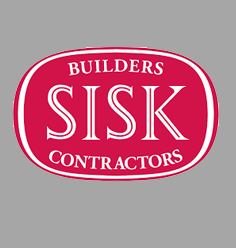Young Turks and Old Turkeys: Age Related Risk
One of the most significant correlations that emerges from the Safety Diagnostics data is the link that exists between the age of respondents and attitudes to safety behaviour and risk.
Our attitudes to risk change as we grow older and it is important to understand how this affects workforce safety. Climate surveys can help to identify age related risk prone attitudes.
At one end of the age spectrum younger workers, those aged under 25, display very distinctive attitudes to risk. They are much less likely to identify themselves at risk but also, critically, are less likely to report taking action in unsafe situations: challenging unsafe behaviour in workmates, for example. This is perhaps more to do with brain development than with experience. Younger people are less likely to contemplate serious injury resulting from their behaviour and may sometimes see risky situations as attractive or exciting. This trait decreases with age, although risk prone attitudes can still be traced within the 26-35 age group.
Recognising this propensity within the younger workforce can help to prevent accidents arising from these cavalier attitudes. Training targeted at younger age groups, developing appropriate role models and increasing supervisor awareness of the issues can help to transform attitudes.
At the other end of the scale older workers, those in the over 55 age group in particular, display a different pattern of risk prone attitudes which may give rise to concern. Older workers may rely more on their own experience and judgement to keep than safe than following safety procedures. Older workers may also be more resistant to learning about new technology or new ways of working. This, coupled with declining physical agility, hearing and sight, can make a toxic combination in the workplace.
As with the younger workers, recognition of the issue within the workforce is often the most important factor in managing age related risk. Training and supervisor awareness can mitigate the risk.
Understanding the age profile of the workforce and how this shapes attitudes is critical to managing the issue and safety climate surveys are an effective way of measuring this risk.








